What does research tell us about the impact of fine motor skills on early academics?
Do you recall what kindergarten used to be about? I don’t want to age myself, but I recall when children were first taught social and self-regulation skills and then fine motor skills. It turns out that researchers are now showing how important these skills are for early school success.
Fine motor skills in preschool and kindergarten are the Number One best predictor of academic skills and achievement for your kindergarten-age students. At the preschool age, we know fine motor skills rather than current academic knowledge is the best predictor of future literacy & math skills. (Cameron, et al.: 2012; Grissmer, David, et al.: 2010; Son &; Meisels: 2006) This fine motor advantage lasts at least through the third grade! (Kulp: 1999) In fact, children who have poor fine motor skills are more likely to be referred to Special education and to be held back for a second kindergarten year (Roth, at al.:1993)
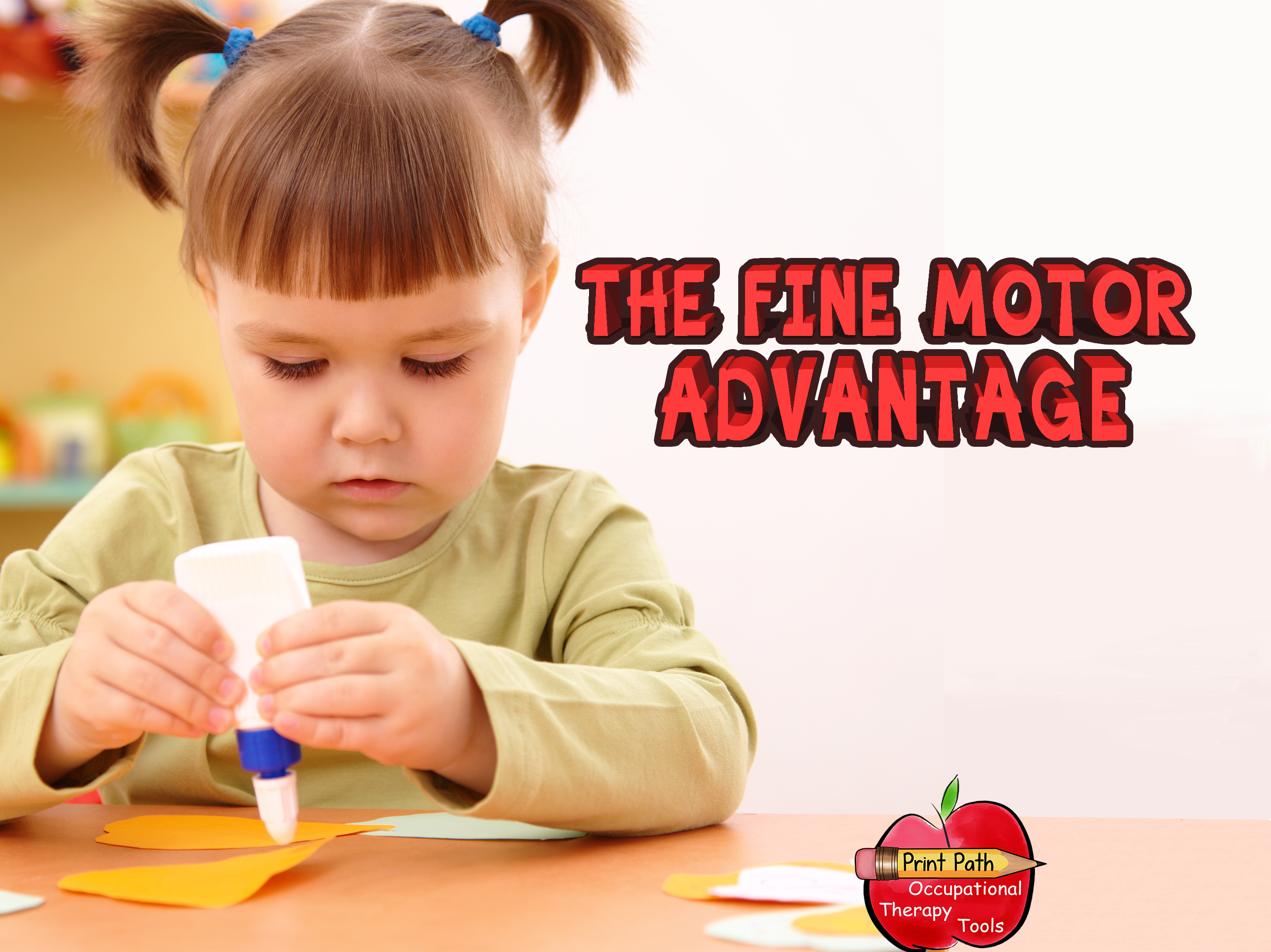
We know that visual motor skills have a direct and powerful impact on learning to write. Research has shown that children are not ready for lowercase letter writing until they can form a square and an X. [Benbow, Hanft, & Marsh, 1992; Beery & Beery, 2010; Daly, Kelley, & Krauss 2003; Marr, Windsor, & Cermak, 2001] Occupational Therapists can inform teachers and influence policy changes. We need to work together to help schools and communities support reasonable developmental expectations, and to promote fine motor and pre-writing skill development. As therapists, we know that when children start lowercase formations before they are ready, they usually lay down an inefficient motor memory of letter formations, which will have a negative impact on lifelong handwriting automaticity and written communication.
Next time let’s talk about what ‘fine motor’ really means. What are the components of fine motor skills that we would expect a child of 5 to have mastered?
Here is a fine motor FREEBIE that preschool children love!
![]()
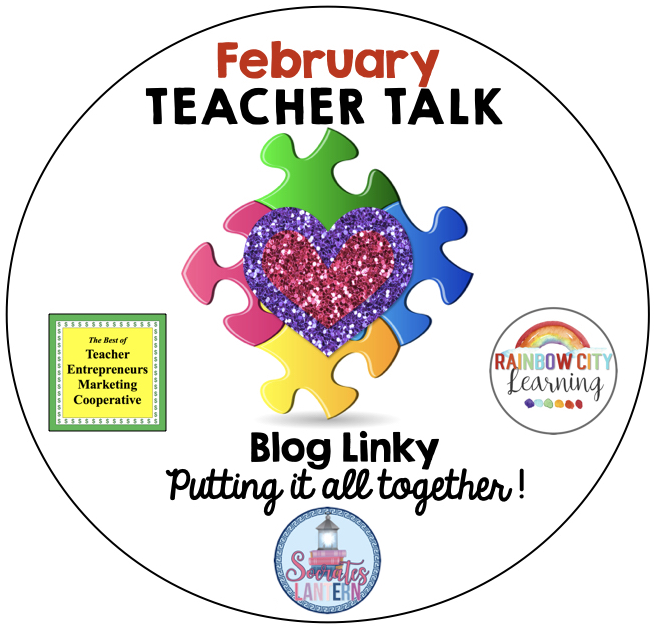 [inlinkz_linkup id=765533 mode=1]
[inlinkz_linkup id=765533 mode=1]
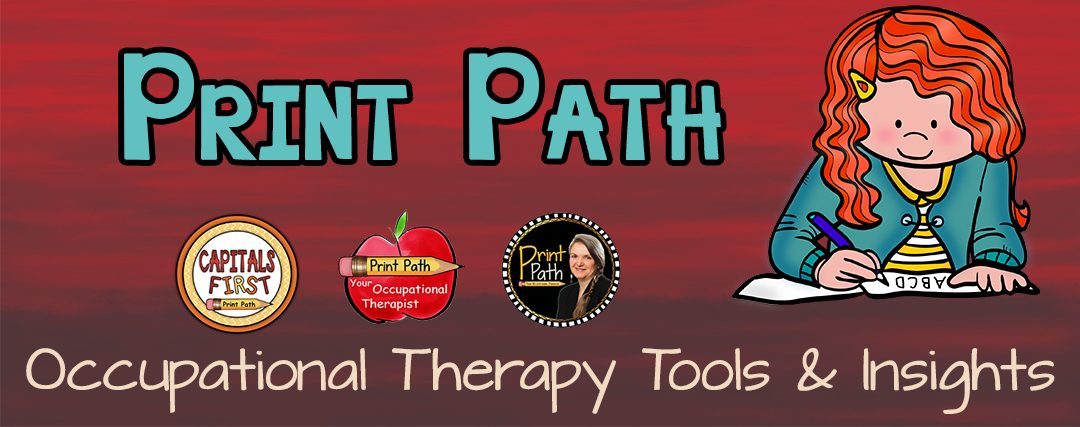
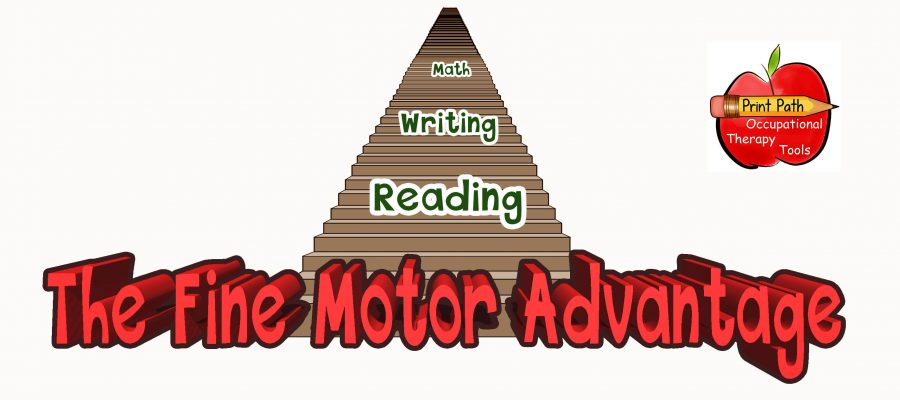
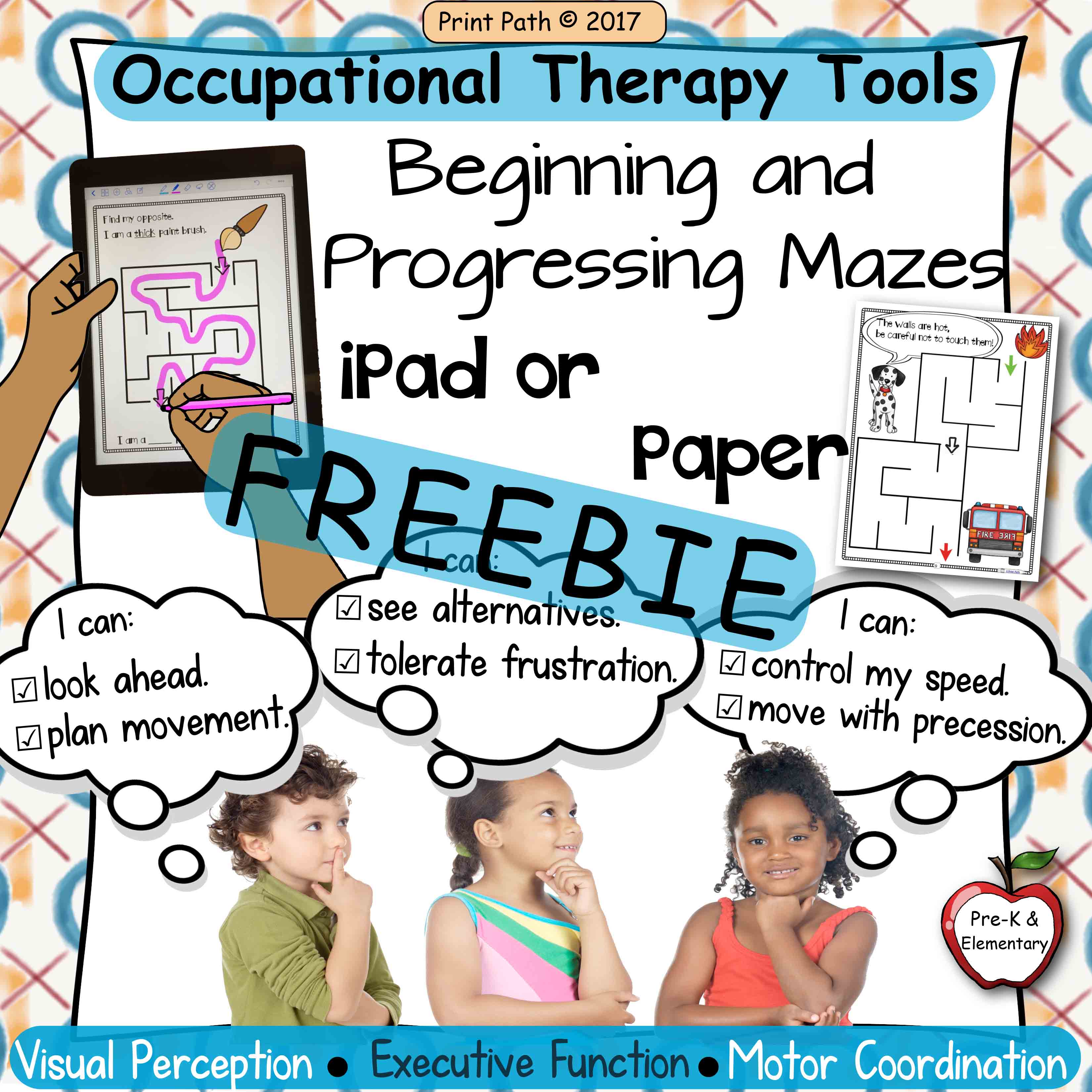
Interesting. I’ve been doing a lot of interactive notebook cutting and gluing. It’s surprising that in sixth grade some kids still can’t cut well! I have to say that it’s a focused time when they’re attempting to create their notebook pages, and the more we practice, the better they get.
Kindergarten is definitely different today from when I was growing up as well. Fine motor skills are very important in the educational process. Great post!
I love this post! As a primary teacher, I see the need for my students to practice their fine motor skills. There is such a push for us to move away from the very activities our students need the most. I try to always spare some time for my students to practice coloring, cutting, and activities which develop their fine motor skills. Unfortunately, I always panic a bit when I do this because I dread getting into trouble for it. As teachers, however, we have to stand up for the things we know our students need.
The development of fine motor skills are so important. I only wish that they still taught cursive writing in school which is of course one of the great outcomes of good fine motor skills. Thanks for sharing this timely advice.